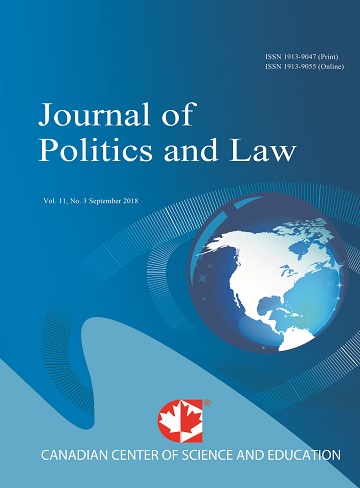Renewable Energy Sources in Iran: Policy and Regulation
- Mohsen Safari
- Fariborz Safari
Abstract
According to the Fifth Five Year Development Plan, in Iran, renewable resources, under the green horizon scenarios, must provide 5,000 MW of electricity. Among different types of renewable source of energy, there is no shortage of information in Iran, which is located near to zero line (earth’s equator), with about 300 clear sunny days in a year, about setting policies promoting solar energy. Taking into account the availability and benefits of solar energy for Iran, this paper has focused on solar energy.
Recent statistics show that, if the current development plans proceed, the capacity of the installed renewable energy systems would reach 2.8GW by 2030. This requires more than 2800 million US dollar investment in 20 years, i.e., 2010 to 2030. Despite the advantages of using solar energy, such as reducing greenhouse gases, it is important to note that solar power is 2.5 to 5 times as expensive as electricity from existing conventional power sources, such as coal and other sources. In order to encourage people to use solar power, there is a need to change our laws and establish an integrated energy regulation, involving tax policy mechanisms to support the deployment of solar energy in Iran. As Iran is dependent upon its fossil fuels, the transition from fossil fuels to renewable, which is a worldwide goal to reduce GHG or CO2 emissions, requires the adoption of a comprehensive policy and integrated regulation nationwide, taking a multidisciplinary approach. This paper exemplifies and considers the 2005 Energy Policy Act and Investment Tax Credit (ICT) for residential energy property, illustrating how solar-energy-regulation could contribute to the sustained development of solar energy. The main purpose is to help the development of sustainable solar energy regulation in Iran.- Full Text:
 PDF
PDF
- DOI:10.5539/jpl.v10n4p245
Journal Metrics
h-index (2017): 14
i10-index (2017): 39
h5-index (2017): 9
h5-median (2017): 11
Index
- Academic Journals Database
- ACNP
- ANVUR (Italian National Agency for the Evaluation of Universities and Research Institutes)
- Berkeley Library
- CNKI Scholar
- COPAC
- CrossRef
- DTU Library
- EBSCOhost
- Elektronische Zeitschriftenbibliothek (EZB)
- EuroPub Database
- Excellence in Research for Australia (ERA)
- Genamics JournalSeek
- GETIT@YALE (Yale University Library)
- Ghent University Library
- Google Scholar
- Harvard Library
- HeinOnline
- INDEX ISLAMICUS
- Infotrieve
- Jisc Library Hub Discover
- JournalGuide
- JournalTOCs
- LOCKSS
- MIAR
- Mir@bel
- NewJour
- Norwegian Centre for Research Data (NSD)
- Open J-Gate
- PKP Open Archives Harvester
- Publons
- Pubmed journal list
- RePEc
- ROAD
- Scilit
- SHERPA/RoMEO
- Standard Periodical Directory
- Stanford Libraries
- UCR Library
- Ulrich's
- UniCat
- Universe Digital Library
- UoS Library
- WorldCat
- Zeitschriften Daten Bank (ZDB)
Contact
- William TaiEditorial Assistant
- jpl@ccsenet.org
